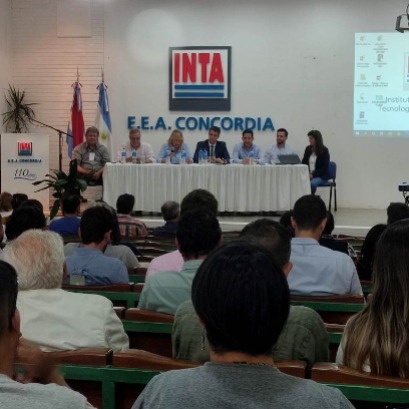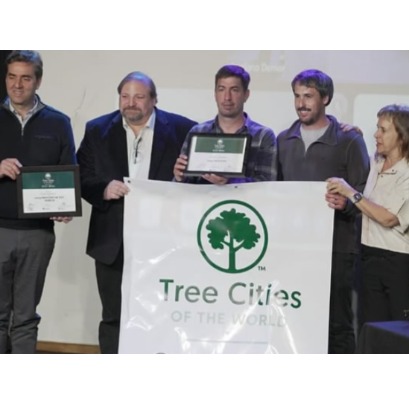
El fuego devora bosques enteros en el oeste de Canadá
Nada lograr frenar el avance de los incendios que devoran numerosos bosques en la provincia de Columbia Británica, en el oeste de Canadá.
Más de 3.000 bomberos batallan casi sin descanso contra el fuego en los alrededores de William Lake. Atizadas por el viento, las llamas se han extendido por numerosos lugares: hay más de un centenar de focos activos y las autoridades, que hace diez días decretaron el estado de emergencia, han ordenado nuevas evacuaciones. Casi 40.000 personas han tenido que abandonar sus hogares en la última semana:
- “Esas llamas tienen como diez metros de altura. Pensé que esta vez no iba a salir con vida, porque me tenían rodeado”, contaba con alivio y miedo un superviviente.
Desde principios de abril, han ardido más de 130.000 hectáreas de bosque en Columbia Británica . El pasado fin de semana, un helicóptero que trabajaba en las labores de extinción sufrió un accidente, aunque el piloto logró salvar la vida.

IT MAY INTEREST YOU
 Entre Ríos prepares for the 39th forest days of INTA and Aianer: an annual meeting with experts in Silviculture, Industry and Economics
Entre Ríos prepares for the 39th forest days of INTA and Aianer: an annual meeting with experts in Silviculture, Industry and Economics
The traditional forest days of Entre Ríos, which this year celebrate their 39th edition, will take place on November 7 from 8:00 a.m. to 6:00 p.m. at the INTA Concordia facilities, located in Yuquerí Station and Railroad roads.
 The trees that best cool cities: keys to planting against urban heat
The trees that best cool cities: keys to planting against urban heat
Urban trees are not just an ornament: they are climate infrastructure. Some species cool more than others thanks to their shade and evapotranspiration. Researchers in Valencia identified which ones work best to reduce temperatures in urban environments and how their correct distribution can transform sweltering neighborhoods into liveable places.
 Mercedes was distinguished as “Tree City of the World” by the FAO and international foundations
Mercedes was distinguished as “Tree City of the World” by the FAO and international foundations
Mercedes was officially declared Tree City of the World, a distinction granted by the Food and Agriculture Organization of the United Nations (FAO), the Arbor Day Foundation of the United States and the Reforestamos México foundation. This is an international program that recognizes cities that meet global standards in urban tree management and forest planning.





















